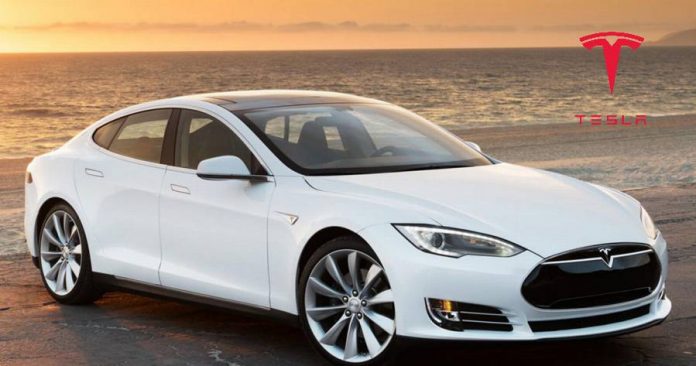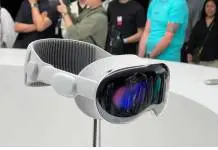
The National Highway Traffic Safety Administration has concluded the Autopilot feature on Tesla vehicles was not the cause of a fatal crash in May 2016, according to a full report released on Thursday.
The government agency opened Investigation PE 16-007 later in June to formally address the issue, conducting several tests and recreating crash situations over the course of six months.
Advocates and enthusiasts of autonomous and semi-autonomous systems in the car industry feared the worst after the incident made headlines around the world, but Tesla chief Elon Musk remained confident that the Autopilot was not to blame.
What happened during the Tesla fatal crash?
A 40-year-old man named Joshua Brown was driving his 2015 Tesla Model S on the morning of May 7, 2017. At an intersection in a highway near Williston, Florida, the former Navy SEAL crashed into a tractor trailer.
Thorough investigations conducted by the NHTSA show the driver had the Autopilot mode turned on at the time of the accident, and that the system did not warn him about incoming objects of traffic before the collision.
The report also showed, however, that Brown himself did not take any actions to avoid crashing either in spite of being able to do so. More detailed data indicates the driver had, in fact, raised the Autopilot cruise speeds to 74 mph approximately two minutes before the incident.
The investigation shows “driver behavior factors” caused the accident
The NHTSA performed a series of rigorous tests and even created some other especially to deal with this case, the first registered fatality involving a vehicle operating under a semi-autonomous system.
Before testing, the agency deployed a Special Crash Investigation division to the site to analyze the conditions under which the collision happened.
The team concluded the driver should have been able to see the truck around seven seconds before the crash, and that the environment was unlikely to have played a role in the impact since the roads were dry and the view was clear.
After that preliminary overview, the Office of Defects Investigation took over to analyze Tesla’s Automatic Emergency Braking (AEB), Autopilot, Traffic-Aware Cruise Control (TACC), Autosteer, and Human-Machine Interface (HMI) systems.
Results showed an overall stable performance across all systems, meeting safety standards with their expected limitations, and attributed most accident instances to driver behavior factors.
The NHTSA Tesla’s Autopilot performed as expected
The NHTSA concluded there was no wrongdoing on Tesla’s part since the automaker provides drivers with extensive safety measures, including user manuals and continuous warnings through the cars’ interface when engaged in any semi-autonomous mode.
“NHTSA’S EXAMINATION DID NOT IDENTIFY ANY DEFECTS IN DESIGN OR PERFORMANCE OF THE AEB OR AUTOPILOT SYSTEM OF THE SUBJECT VEHICLES NOR ANY INCIDENTS IN WHICH THE SYSTEMS DID NOT PERFORM AS DESIGNED,” the agency said.
As a result, the company has closed the investigation, although it reserves the right to re-open it or use data obtained from it in other cases. The NHTSA will continue to monitor semi-autonomous systems across the industry.
Source: NHTSA










